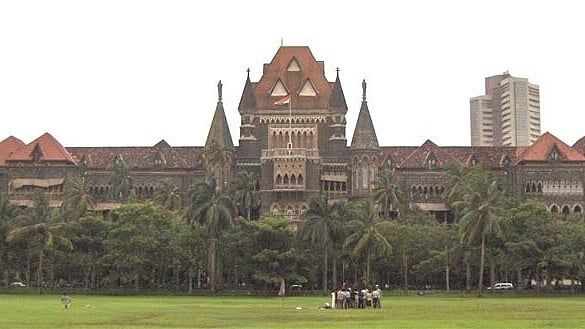
Mumbai: The Bombay High Court on Wednesday severely criticised the Maharashtra government for failing to utilise the allocated budget for medical infrastructure, pointing out that only 40% of the funds had been used so far. The court questioned how the government planned to spend the remaining 60% within the next two months before the financial year ends in March.
“Hospitals have to do it (buy equipment and materials) through a tender process. Give us a solution, don’t give us figures that it will be spent by March. A patient who is waiting is not going to wait, he may die by the time your money comes,” a bench of Chief Justice Alok Aradhe and Justice Bharati Dangre remarked.
The court was hearing a batch of petitions, including a suo motu (on its own) petition, highlighting concerns over the high number of deaths at government hospitals in Nanded and Chhatrapati Sambhajinagar districts last year. Several infants had died in these hospitals due to a shortage of staff and medical equipment, particularly ventilators.
Additional Government Pleader (AGP) Neha Bhide assured the court that the remaining amount would be utilised by the end of the financial year. She also said that the state would submit a chart prepared by the Directorate of Medical Education and Research (DMER) detailing last year’s and this year’s expenditure.
However, the court was unimpressed. Justice Bharati Dangre pointed out that Maharashtra has a mid-term budget as well, and there was no reason to wait until March for fund allocation. “Patients cannot wait. Every time, you cannot wait till March. If the budget doesn’t get spent, it will lapse. No machinery can be bought in two days. Why don’t you have budget allocation in July also? So many people depend on government hospitals,” Justice Dangre said.
The court directed the state to file an affidavit indicating a clear timeline for filling vacancies and a concrete plan to utilise the budget in a phased manner.
The court also emphasised the urgent need to fill vacancies of doctors and nurses, noting that over 40% of posts remain vacant. The situation in Nanded hospital, where several infants died last year, had not improved, as revealed in a survey conducted by Jan Arogya Abhiyan, a network of doctors.
The amicus curiae informed the court that between October 2021 and October 2023, only three advertisements had been placed to fill vacant posts. “Almost 30% of vacancies are still unfilled. The government must come up with better ideas,” the court said.
Advocates for Jan Arogya Abhiyan pointed out that only 7.25% of the total health budget had been spent on medicines and medical supplies in Nanded, a critical issue in the district. They argued that more than 90% of the total budget cannot possibly be utilised in just two months.
Justice Dangre further questioned why ad hoc professors were not appointed when needed. “There is 80% vacancy. How do you cater to hospitals? Those who are working, half of them will be on leave. Half of the patients would have to return without treatment,” she remarked.
The court suggested the government to sit with senior officials and formulate a concrete plan to address the issues. “These types of problems can’t be solved overnight. But you must sit with seniors, have the mindset that it will be done,” the CJ said.
The bench has asked the government to file a compliance affidavit by February 20 with a clear timeline for completing the recruitment process of doctors and nurses. It has to indicate the stage of the recruitment process and by when the appointment letters will be issued.
Also, the government has been asked to indicate the amount spent of the sanctioned budget and shall also indicate whether it is possible to spend the remaining amount by March 31.